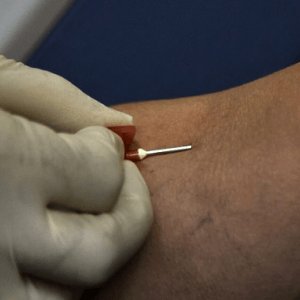A recent study reveals troubling racial disparities in how pediatric emergency departments label children with behavioral health flags. Despite similar responses on aggression risk evaluation tools, non-Hispanic Black youths were significantly more likely than their White peers to be flagged as high aggression risk.
The study, published in JAMA Network Open, analyzed over 5,100 mental health-related visits to a pediatric emergency department between 2020 and 2022. While the use of the aggression risk evaluation tool did not differ by race or ethnicity, the outcomes did. Black youths had nearly double the odds of being labeled high risk compared to White youths. Among those with a history of violent behavior but no other aggressive behaviors, Black youths were four times more likely to receive a high-risk flag.
These behavioral health flags, embedded in electronic health records, are intended to alert staff to potential safety concerns. However, the study suggests they may also serve as a vehicle for racial bias. “Processes to ensure equitable care delivery are critically needed,” the authors wrote.
The implications are serious. Once flagged, a patient’s record carries that label into future visits, potentially influencing how they are treated. The study highlights how structural racism and implicit bias—such as adultification and anger bias—can shape clinical decisions, reinforcing cycles of trauma and mistrust in care.
Calls for reform include standardizing risk assessments and exploring alternatives like trauma-informed care and de-escalation training to reduce bias in emergency settings.
See: “Behavioral Health Flag Use by Race and Ethnicity in a Pediatric Emergency Department” (May 9, 2025)



